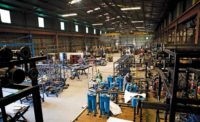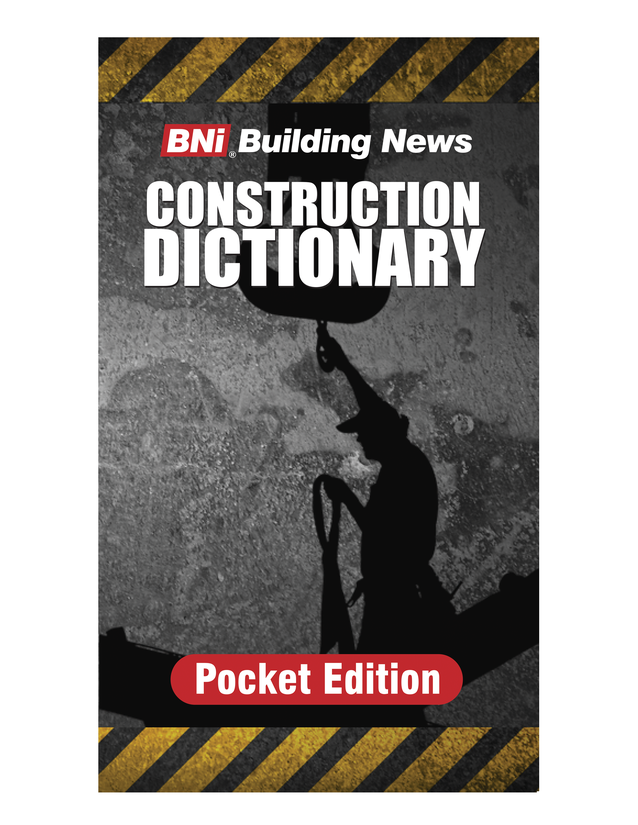
Gary Fischer
To reduce project cost and schedule length while addressing the skilled labor shortage, many owners and contractors are moving work from the construction site to a fabrication facility. That creates new hurdles, however, in managing interfaces and tolerances in space, weight and time. But there are important ways to have product design—one of the five key components of project success—address these challenges.
Moving work offsite involves customizing raw material, which had typically been made-to-stock or in bulk, so that it can be installed for specific systems and locations. A simple example is fabrication and assembly of pipe spools that must be installed in a specified location instead of random length pipe that can be fit anywhere.
Moving work offsite also more than doubles the number of production systems and interfaces, changes the engineering sequence and creates new design and procurement connections. Typical tolerances used in site construction practices are insufficient. If not managed properly, offsite work gains will quickly be negated by the need for time-consuming fixes. If problems interrupt the flow of work, crews invariably start other tasks that may be out of sequence. This builds unnecessary work in process—and blows up the schedule.
To manage interfaces and tolerances, here are some things you can do as part of a design and construction team: Focus on connections, intersections, terminations and transitions—the areas where two or more items are integrated. Also, pay close attention to the intersection of two or more components made offsite that must connect in sequence. If the first one needed is late and the second arrives prematurely, excess work is created. It’s much better to delay arrival of the second component and maintain the correct sequence. Don’t try to rearrange the sequence for the late component—or unintended consequences may result.
When possible, use decoupling strategies and techniques to eliminate or disconnect. Design out significant interfaces of conduit, cable tray and cabling. Doing this requires creativity, a very detailed understanding of the work processes and knowing exactly where all interfaces are.
Model interfaces in detailed 3D and specify required tolerances. The potential for mismatch is particularly important in general building when elements constructed of concrete cannot accommodate tight matching component tolerances, such as prefabricated windows in poured concrete wall openings. Specify nozzles on shop-fabricated equipment and include the flange angle, elevation and orientation. This allows 3D modeling of piping in parallel with the vendor’s design.
Fabricate the offsite components after taking detailed measurements of matching field components. This could save lots of trouble. Or construct components onsite after offsite components are made using as-built dimensions. While practical, these measures are a bit of a band aid. Making templates of critical offsite components to construct matching ones onsite is a much better approach. Templates of equipment base plates allow accurate placement of anchor bolts. Fabricate offsite components to a tighter tolerance than matching ones. The key is to understand tolerances on each side of an interface and how well they can be controlled and set to ensure success.
Flexible parts also help. Use flex conduit or flex pipe to make connections between prefabricated components. Leave two degrees of freedom on interconnections for piping to make final cuts after the assembly is in place. Use cable trays instead of conduit. Proactively use designs not susceptible to tolerance incompatibility. Instead of traditional anchor bolts on steel columns, provide all thread rods so anchor bolts can be made and cut to fit at site.
Interfaces that involve more than one contractor are even more problematic and should be minimized. If this happens, interfaces must be identified and required tolerances specified and verified. Have the receiving party formally accept the provided assembly meeting tolerances.
Use of these product design ideas combined with other key methods—process design, material and work inventory control, knowledge of differences in work duration and a maximum average rate of work—will ease your use of offsite fabrication and insure overall project success.
Gary Fischer, PE, executive director of the Project Production Institute, can be reached at www.projectproduction.org.






